-
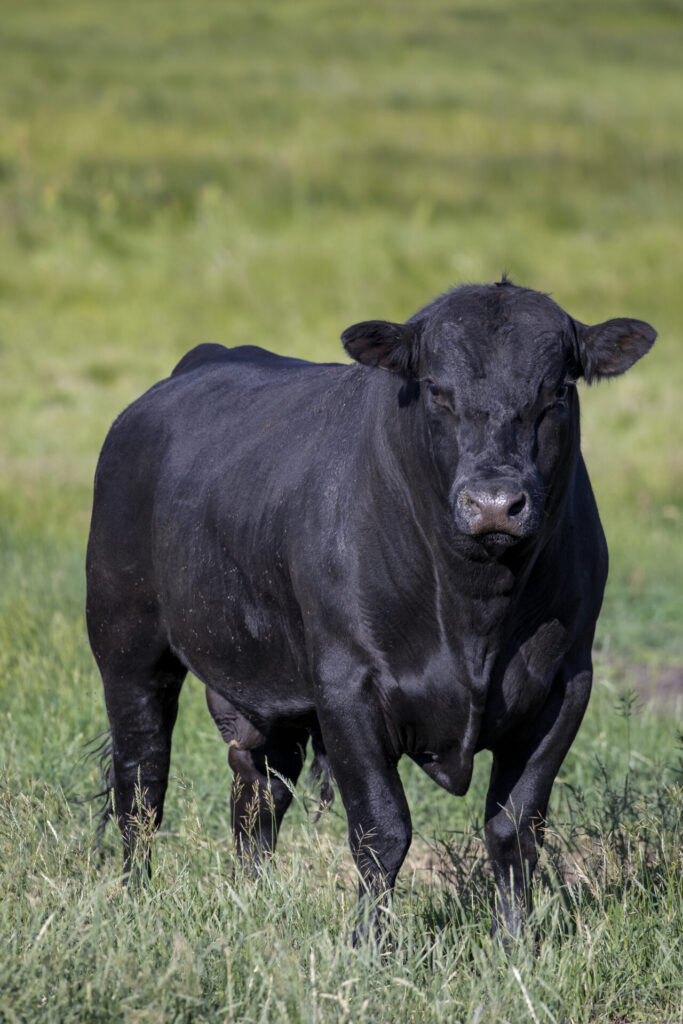
April 9, 2025Boosting Herd Genetics: Artificial Insemination Brings Big Benefits to Small Beef Herds Genetic progress can be slow in cattle, but artificial...
Keep Reading -

June 27, 2024Birds and Bees and Breeding Beef Cattle: Two New Webpages Cover Breeding Cow and Bull Management 🎙️ Managing for an effective and efficient breeding...
Keep Reading -

November 15, 2023Genetic IQ: Defining Traits That Matter in Your Beef Herd and Tracking Data to Make Decisions 🎙️ What tools can help producers optimize genetic...
Keep Reading -
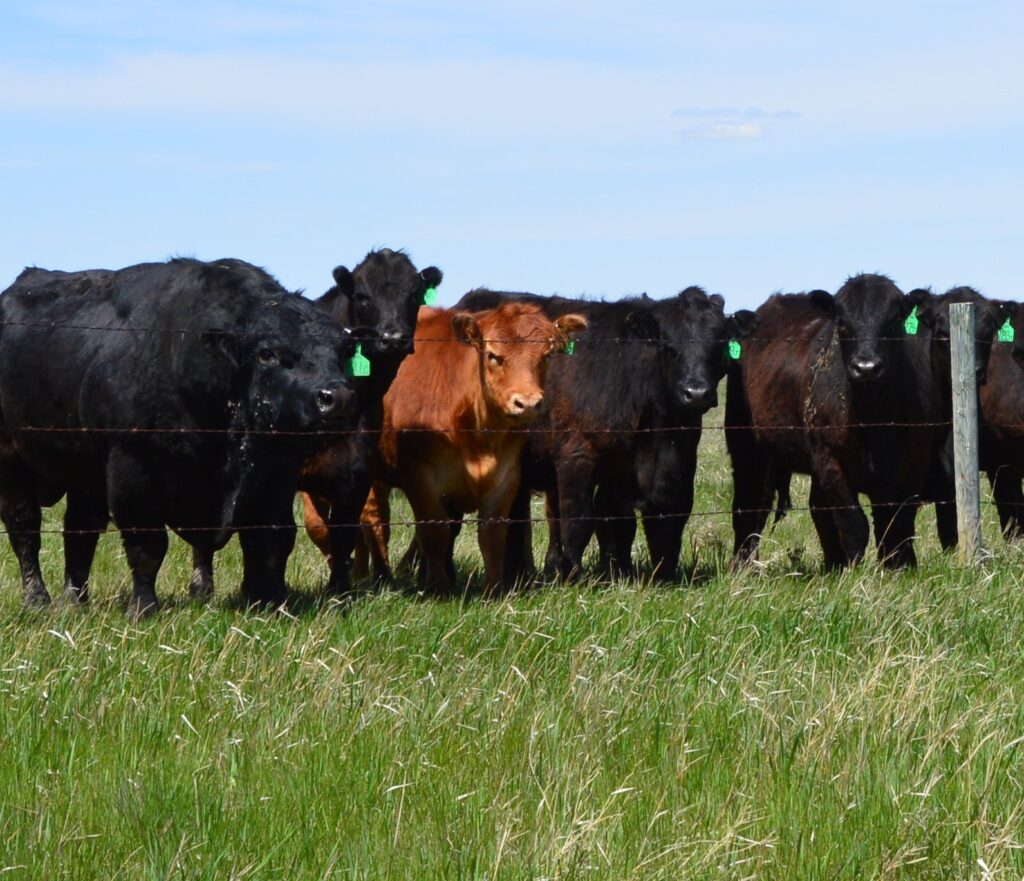
September 13, 2023Raising Replacement Heifers -- What Does It Cost? Producers should consider the long-term economic implications of raising replacement heifers and...
Keep Reading -

May 2, 2023It’s Basic Biology: Breeding Heifers Prior to Cows Builds Reproductive Momentum Managing heifers to calve before cows can give heifers a better...
Keep Reading -
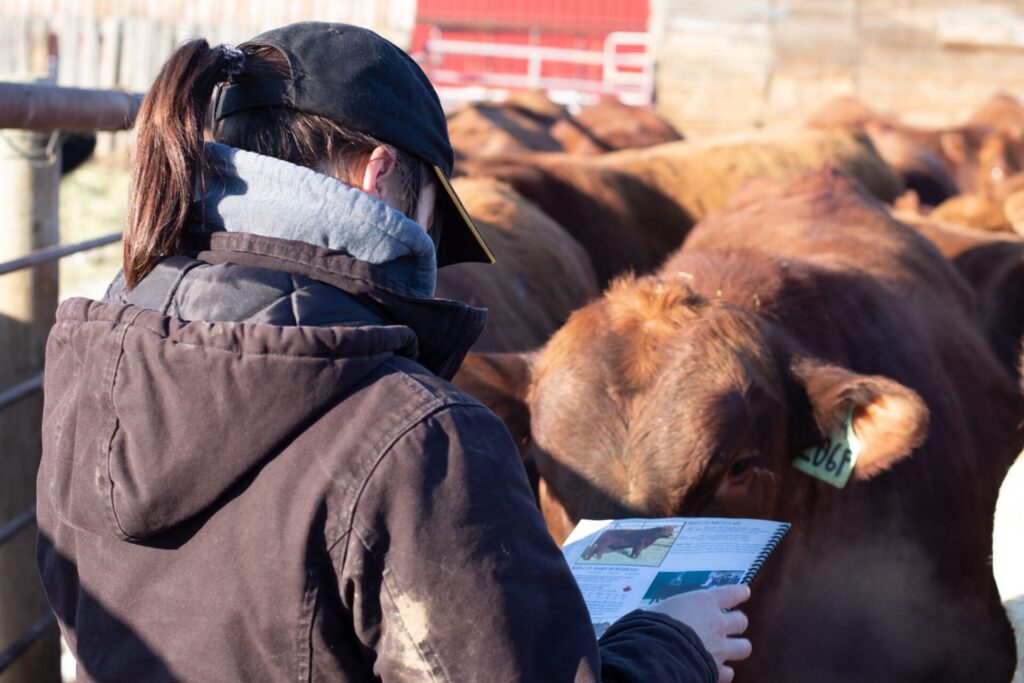
February 23, 2023Bull Valuation: What Is a Bull Worth to Your Operation? Looking to buy a bull? The BCRC Bull Valuation Calculator is a practical decision-making tool...
Keep Reading -
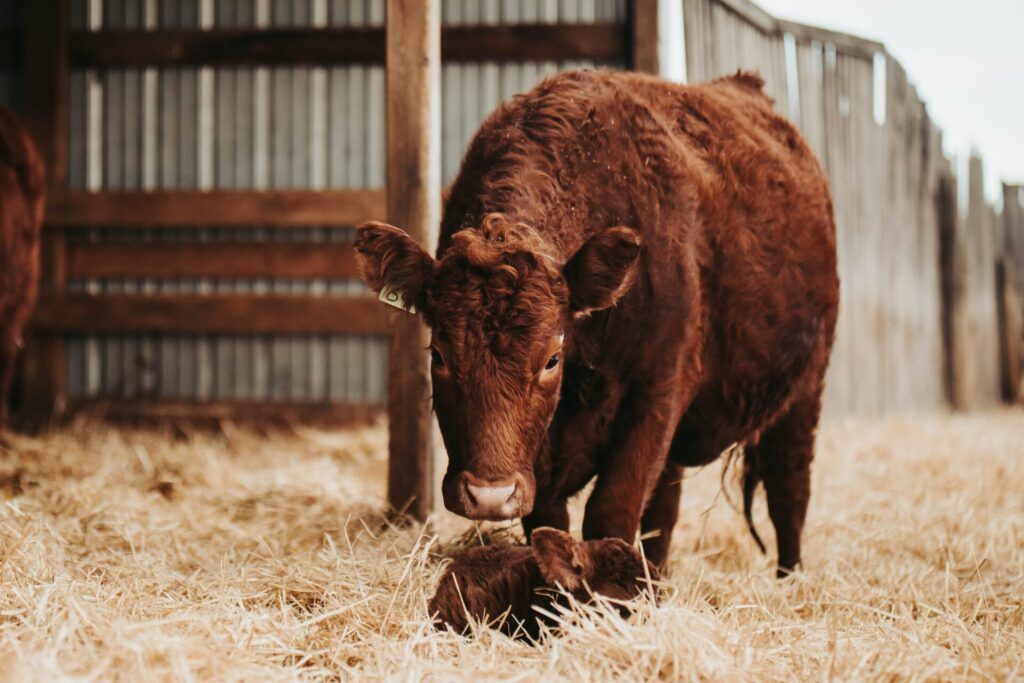
December 8, 2022The Sandhills Strategy -- Moving Pregnant Cows to Fresh Ground and Leaving Pairs Behind Can Limit Calf Sickness 🎙️ Pour certains producteurs, l'adoption du système...
Keep Reading -
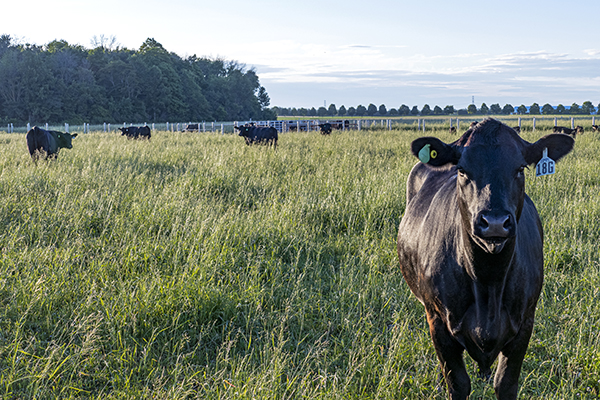
July 20, 2022A Herd in Progress: BCRC’s New Heifer Development Webpage Addresses Nutrition, Breeding Management, Biosecurity & More Developing heifers is a necessary part of...
Keep Reading -

February 16, 2022Tightening the Calving Season: How to Increase Profitability Through Calving Distribution ▶️ The benefits of a shortened calving season are...
Keep Reading -
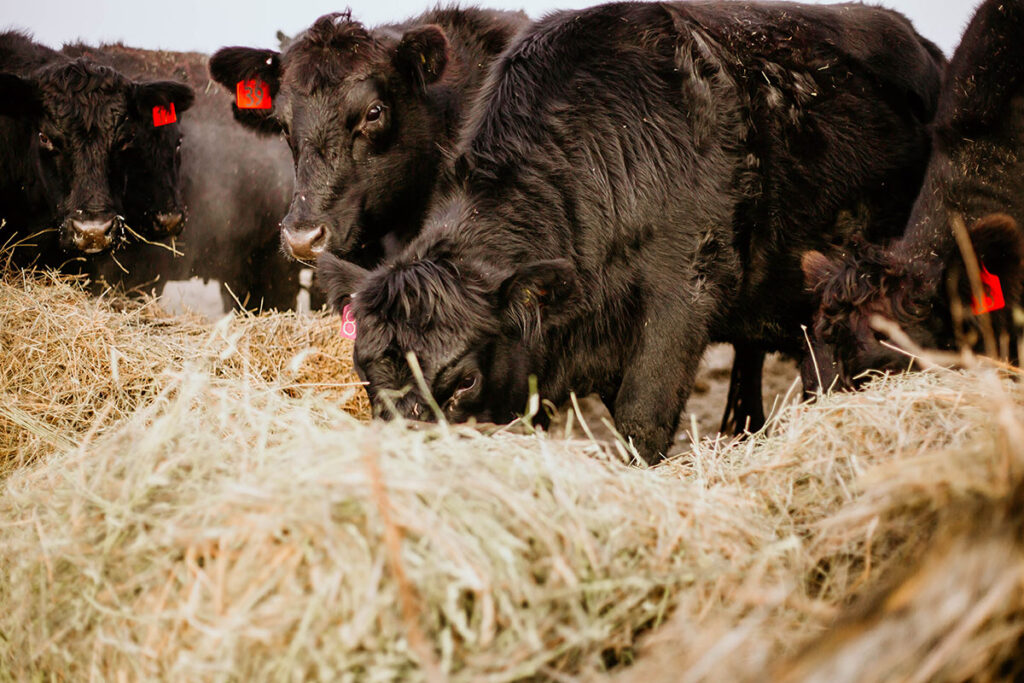
December 20, 2021Feeding Decisions Are Important Breeding Decisions This article written by Dr. Reynold Bergen, BCRC Science Director, originally appeared in the...
Keep Reading -
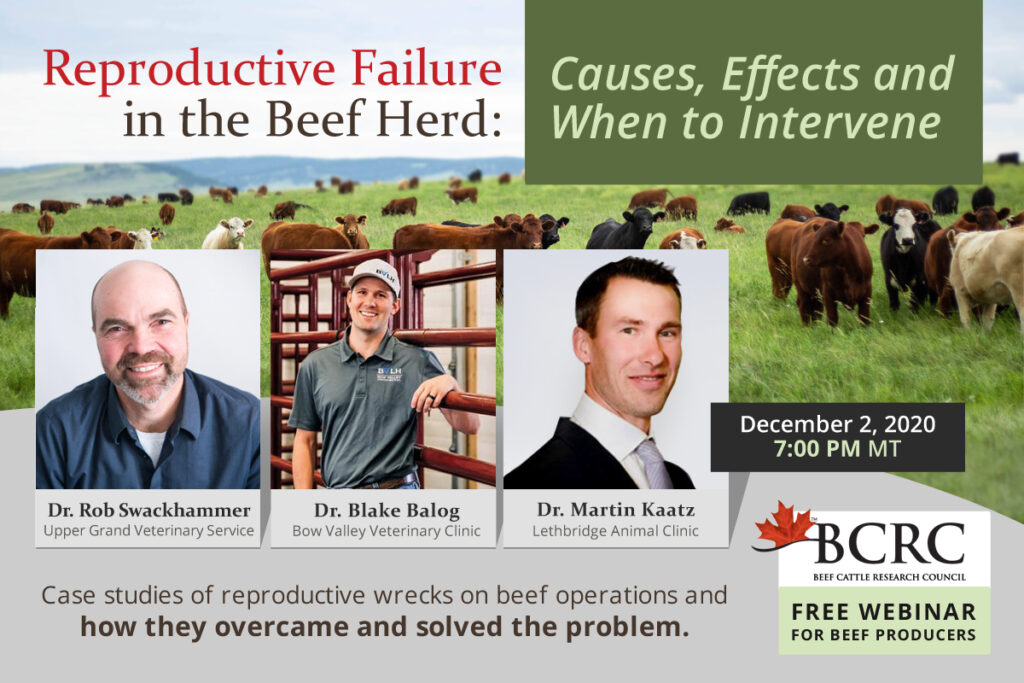
November 23, 2020Reproductive Failure in the Beef Herd: Causes, Effects and When to Intervene - Webinar December 2nd Missed this webinar? Watch the recording here....
Keep Reading -

March 31, 2020Think You Have a Closed Herd? Think Again You either have a closed herd or you don’t. If you answer yes to any of these questions, you do not have...
Keep Reading -

October 7, 2019Unintended Consequences This article written by Dr. Reynold Bergen, BCRC Science Director, originally appeared in the October 2019 issue of Canadian...
Keep Reading -
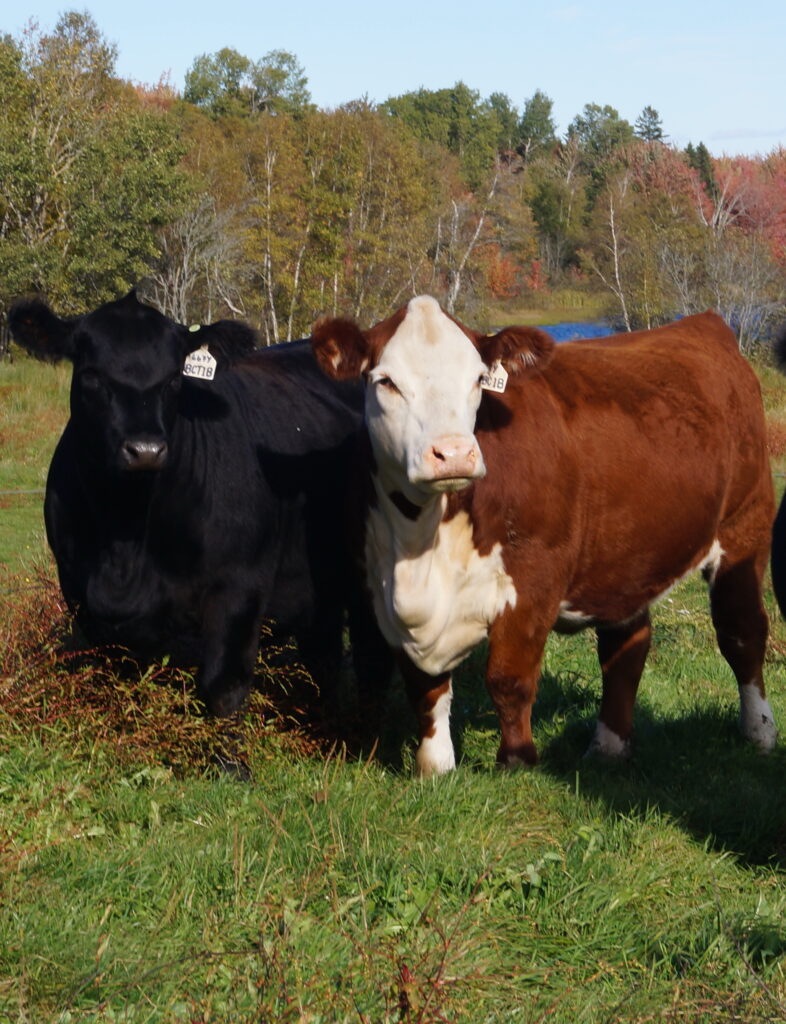
September 18, 2019Replacement Heifers – Money, Management, and Momentum Do you raise your own heifers? Or do you prefer to purchase your replacements? Regardless of...
Keep Reading -
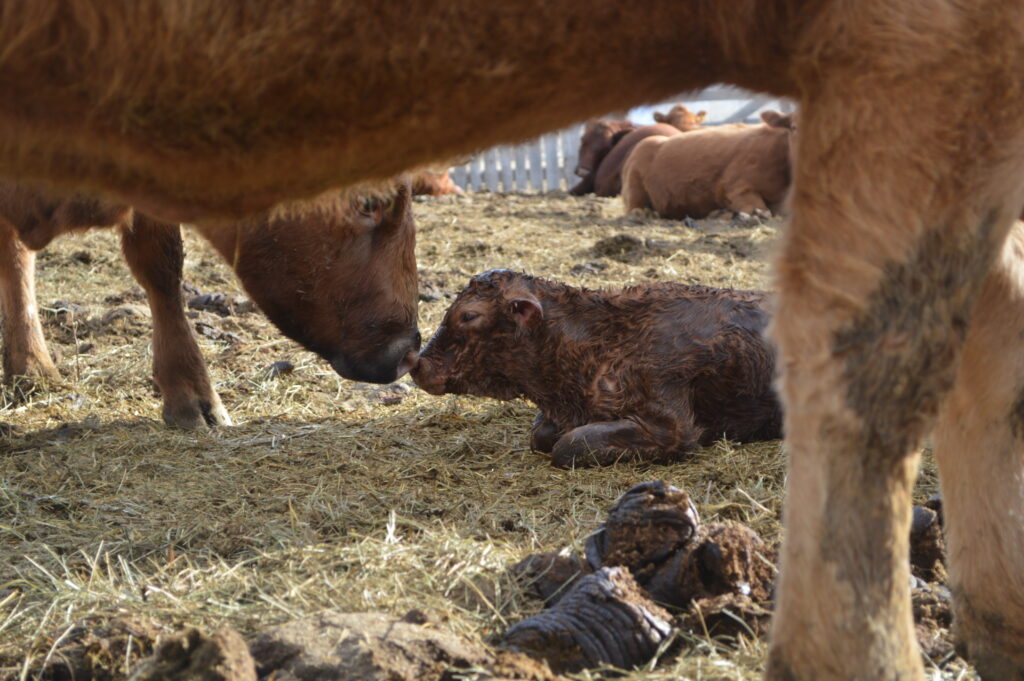
May 22, 2019Top findings about adoption of beneficial practices on Canadian cow-calf operations Sometimes it can be hard to know where you’re going if you...
Keep Reading -

March 8, 2018Costs of Siring Calves: Artificial Insemination Compared to Natural Service Consider the costs and benefits of fixed-time AI and natural service, and...
Keep Reading -
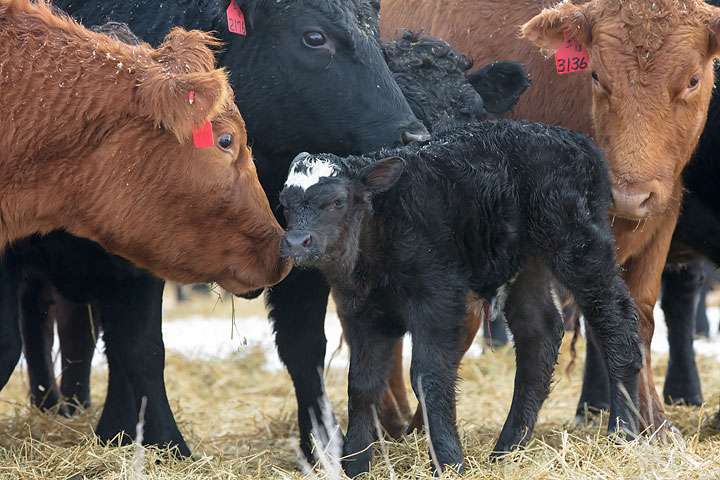
December 19, 2017Preventing Reproductive Wrecks: Webinar January 23 Update: Missed the webinar? Find the recording and check for future webinars on our Webinars page:...
Keep Reading -
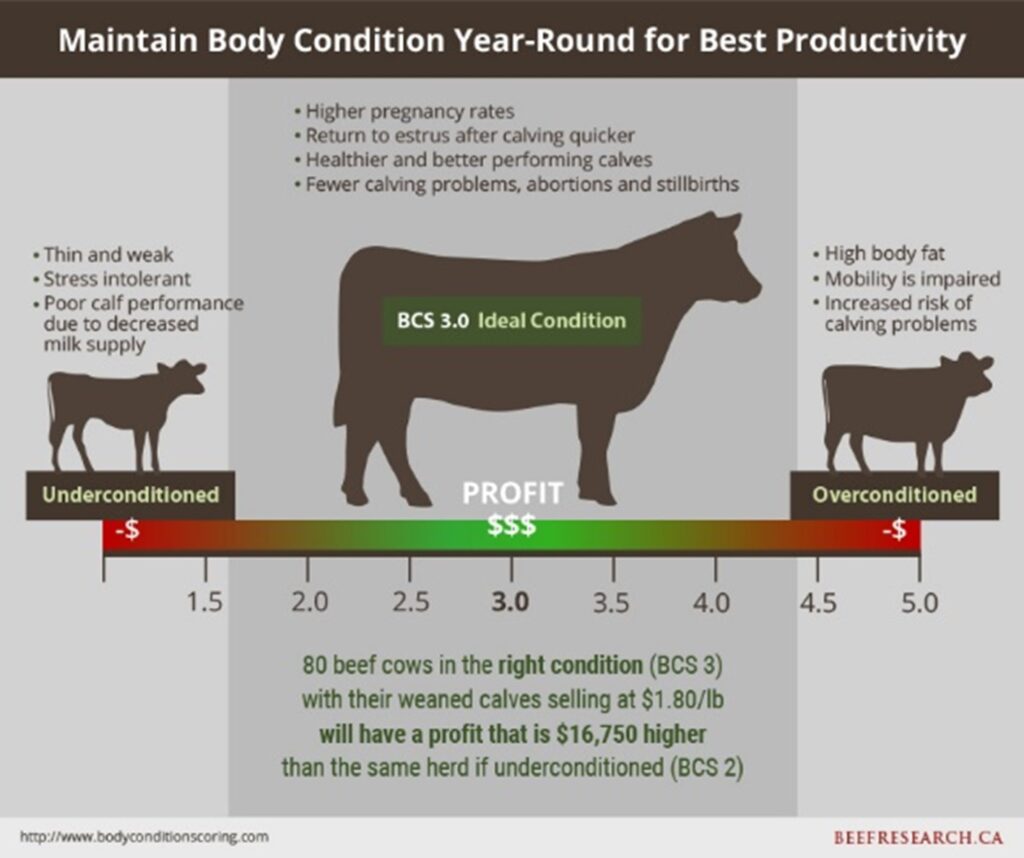
March 26, 2015New Resources Added to BodyConditionScoring.ca Help Cow-Calf Producers Increase Profits New resources have been added to BodyConditionScoring.ca to...
Keep Reading -
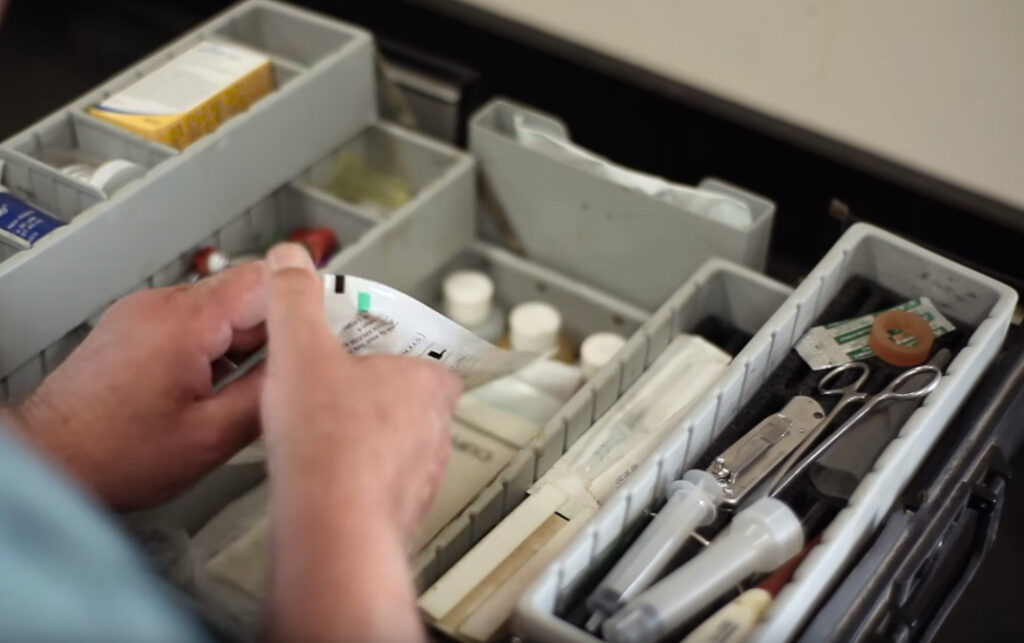
May 20, 2014Better Tests for Trich and Vibrio This article written by Dr. Reynold Bergen, BCRC Science Director, originally appeared in the May 2014 issue of...
Keep Reading -

March 14, 2014When is Artificial Insemination more Economical in Beef Herds? Although artificial insemination (AI) of cattle has been possible for 60 years, this...
Keep Reading -

February 14, 2014Boosting the Calf Crop Percentage in Your Beef Herd: Webinar on Feb. 25 Updated February 28, 2014: Missed the webinar? Find the recording and check...
Keep Reading -

August 7, 2013Avoid Open and Late Bred Cows: New Video About Trich and Vibrio Although we hope that every cows and heifer will come home from pasture bred, we learn...
Keep Reading -
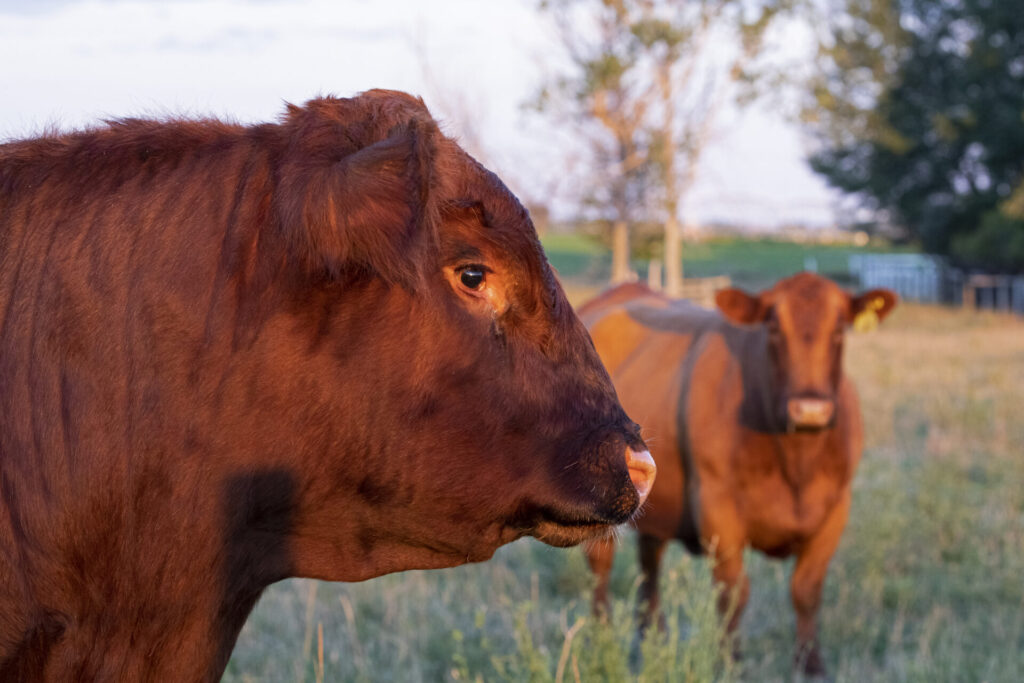
July 18, 2013Improved Test for Vibriosis in Bulls Venereal diseases like trichomoniasis (trich) and vibriosis (vibrio) remain common causes of reproductive failure...
Keep Reading